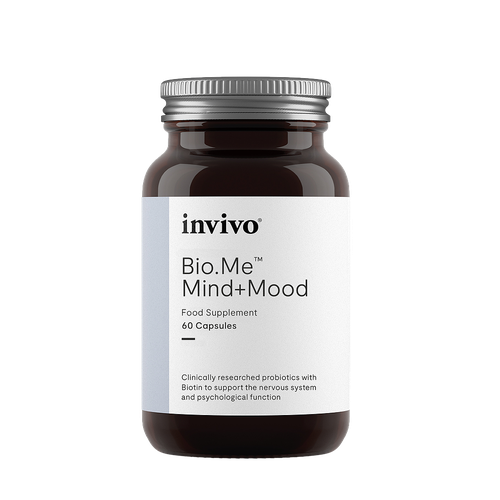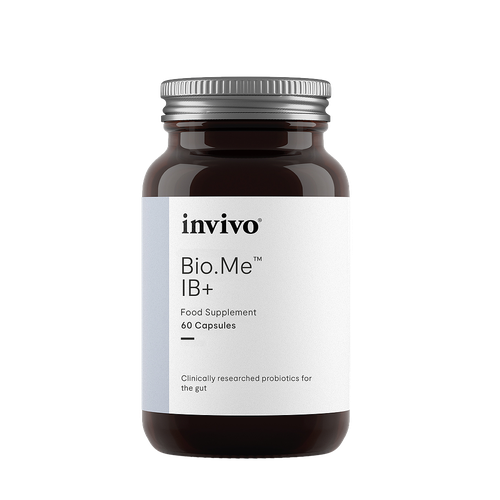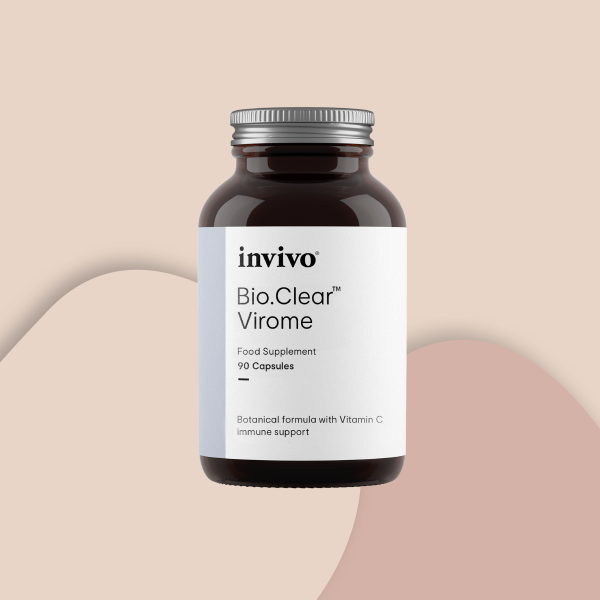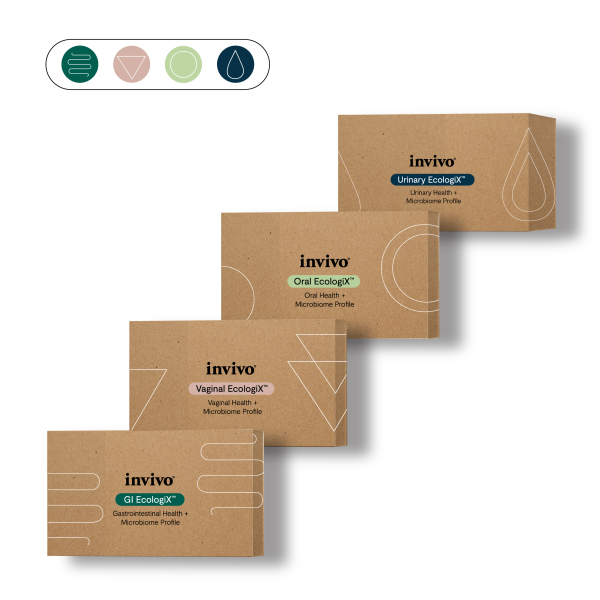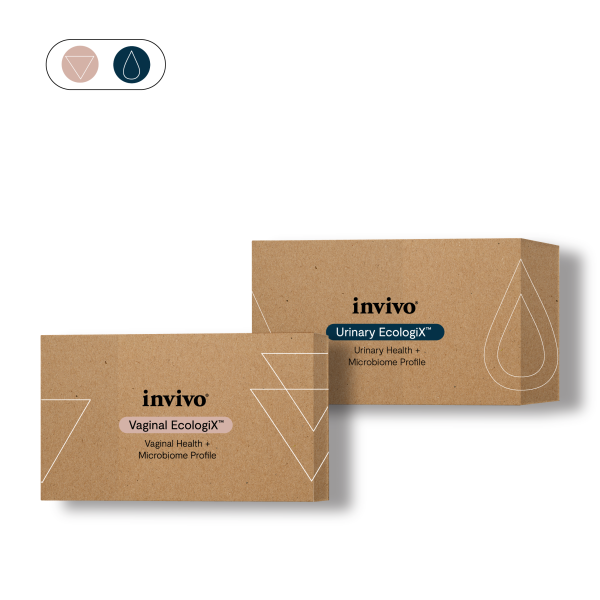Organic Spirulina
Spirulina (Arthrospira platensis) is a cyanobacterium alga with a high protein content, vitamins, especially provitamin A (β-carotenes), and minerals, especially iron. It is also rich in phenolic acids, tocopherols and γ-linolenic acid (1). Phycocyanins in spirulina have been reported to exhibit a variety of pharmacological properties; indeed, antioxidant, anti-inflammatory, neuroprotective and hepatoprotective effects have been experimentally attributed to phycocyanins.
Phycocyanins have been evaluated in many experimental models of inflammation and demonstrate anti-inflammatory effects in a dose-dependent fashion. Amongst these, phycocyanins reduced oedema, histamine release, myeloperoxidase activity and levels of prostaglandin (PGE(2)) and leukotriene (LTB(4)) in inflamed tissues. These anti-inflammatory effects have been attributed to scavenging properties toward oxygen reactive species (ROS) and its inhibitory effects on cyclooxygenase 2 (COX-2) activity and histamine release from mast cells (2).
Spirulina has also been shown to modulate the gut microbiota, specifically by reducing Gram-negative (LPS-producing) bacteria (3, 4). In LPS-induced models of inflammation, both phycocyanins and spirulina have been shown to attenuate the inflammatory response. Phycocyanin reduced the serum levels of TNF-a after LPS administration (2), while spirulina reduced markers of inflammation and partially normalised IL-1B and the Nrf2 system after LPS exposure (5, 6). Spirulina is also able to reduce the pro-inflammatory effects of fatty liver disease (7).
Organic Chlorella
Chlorella vulgaris, another microalga, has been shown to have similar anti-inflammatory properties to spirulina (8).
Chlorella has been shown to have an LPS-blocking effect at the TLR4, by competitively binding to the receptors, therefore helping to reduce the resultant inflammatory cascade (9). Spirulina is also thought to have a similar mechanism of action on LPS via TLR4 competitive binding.
